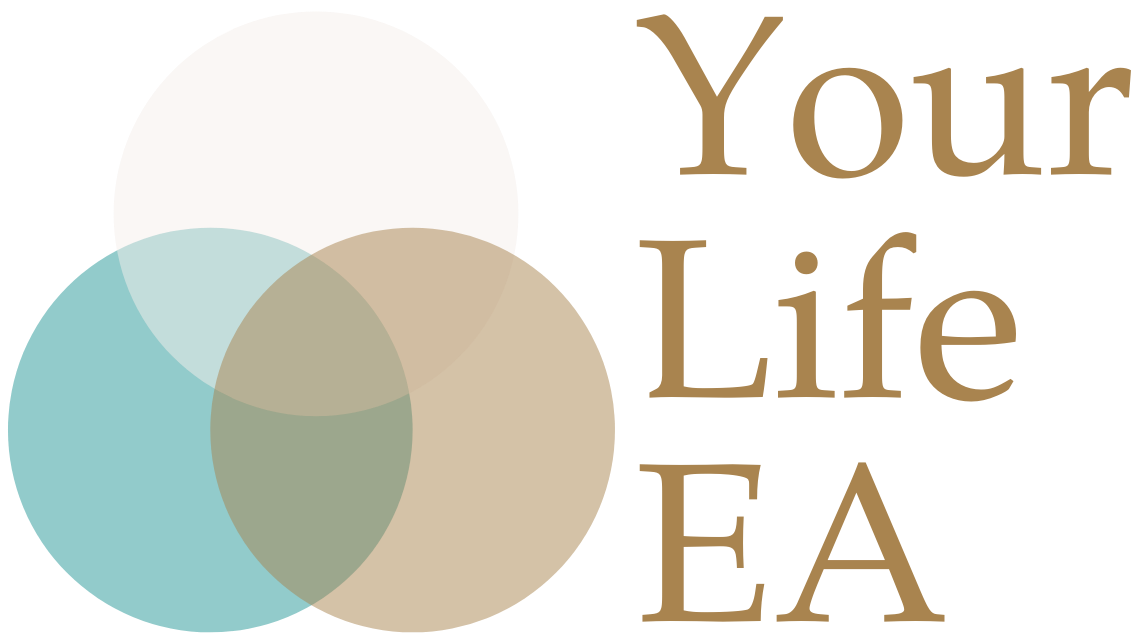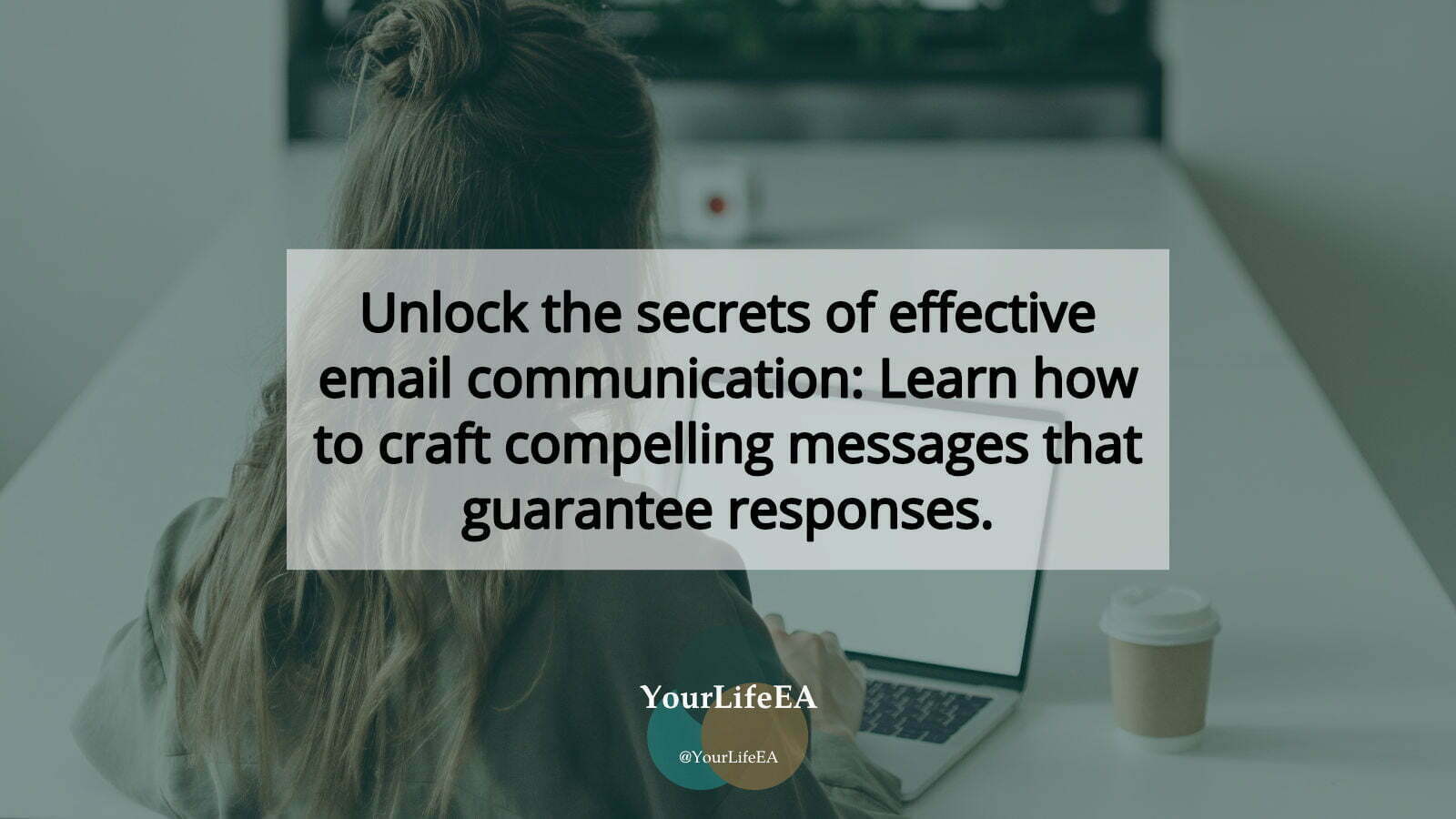Are you getting responses to your emails?
If not, read on
So what?
I reckon getting a response to your email is an art form. A boring, long drawn email will not get you a response whether you’re sending an email to a prospective client or reaching out to a potential mentor. The ultimate goal of your email is to make it as effortless as possible for whoever you’re emailing to find time to get back to you and converse with you. You will want to be as concise and clear as possible whilst ensuring that your messaging resonates with your recipient on an emotional level. By having an effective communication, you will:
- Spark curiosity;
- Leave a lasting impression;
- Evoke an emotional response;
- Establish a connection with you; and
- Ultimately get a response that you want.
In the next three blog posts, we will discuss what you need to do with your initial email to get the response you want.
Have respect
Respecting your email recipient’s time is critical for efficient and professional communication. By keeping your emails concise and to the point, using informative subject lines and avoiding unnecessary messages, you demonstrate consideration for their busy schedules. Providing all relevant details upfront, adhering to their communication preferences, and proofreading before sending also show respect. This fosters a positive rapport, increases the likelihood of prompt responses and enhances your professional reputation. Remember, valuing their time leads to reciprocity and productive email exchanges.
Proof read
Proofreading your email is crucial as it helps correct grammar, spelling, and punctuation errors, enhances clarity and coherence, polishes the tone, and prevents embarrassing mistakes. To proofread effectively, take a break before reviewing, read the email aloud, check spelling and grammar manually, review sentence structure, verify facts and details, check formatting and style, proofread the subject line, seek feedback from others if possible and send a test email to ensure proper rendering. By following these steps, you ensure that your email is error-free, clear, and professional, leaving a positive impression on recipients.
Formatting
Proper formatting ensures that your message is organised, easy to read and visually appealing. A well-formatted email captures attention, emphasizes key points, and allows for quick scanning. Start with a professional email address and a concise subject line. Use paragraphs, spacing and standard fonts for readability. Employ formatting tools like bold and bullet points sparingly to highlight important information. Conclude with a clear closing statement and a professional email signature. Overall, formatting your email enhances clarity, makes a positive impression and reinforces your professional and/or personal brand.
What now?
- Come back next week to find out the next three things you need to do.

